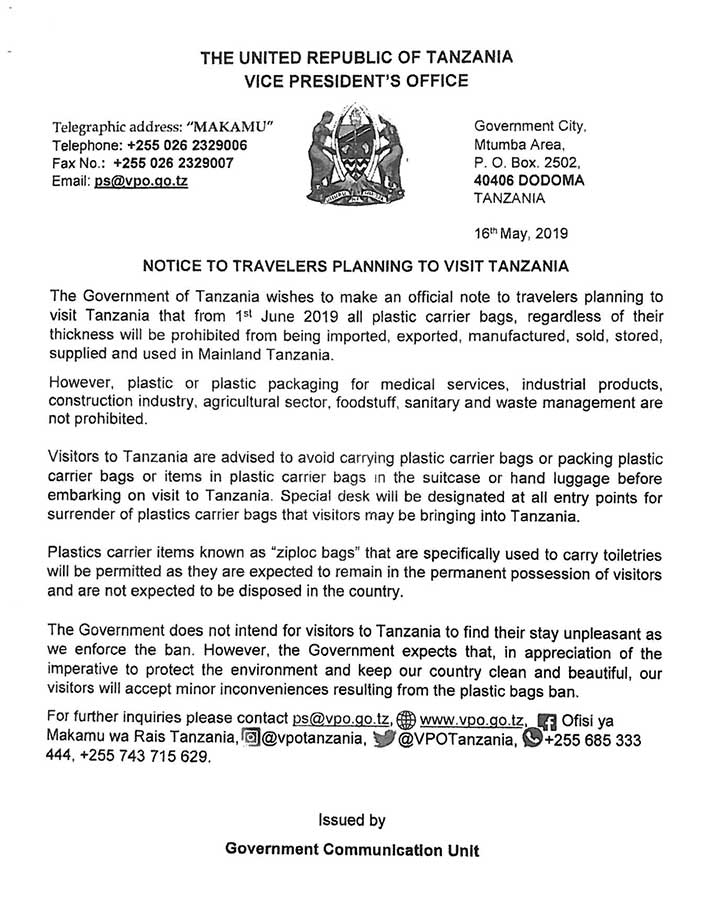Mount Kilimanjaro is the highest peak in Africa, standing at 19,341 feet (5,895 meters) above sea level. It is located in Tanzania, East Africa. It is a popular destination for adventure seekers and hikers from around the world.
There are several different routes that climbers can take to reach the summit of Kilimanjaro. Each route has varying distances and levels of difficulty. The most popular routes are the Marangu, Machame, Lemosho, and Rongai routes.
The Marangu route
The Marangu route is also known as the “Coca-Cola” route, as it is considered the easiest and most straightforward route to the summit. It is approximately 70 kilometers (43 miles) long and typically takes 5-6 days to complete.
The Machame route
The Machame route is considered one of the most scenic and challenging routes, with steep ascents and descents. It is approximately 62 kilometers (37 miles) long and typically takes 6-7 days to complete.
The Lemosho route
The Lemosho route is a longer and more remote route, starting on the western side of the mountain. It is approximately 70 kilometers (43 miles) long and typically takes 7-9 days to complete.
The Rongai route
The Rongai route is the only route that approaches Kilimanjaro from the north. It has stunning views and quieter trails. It is approximately 65 kilometers (40 miles) long and typically takes 6-7 days to complete.
So, depending on which route you choose, the distance you walk each day on Kilimanjaro can vary. On average, climbers typically hike 6-8 hours per day, covering 10-15 kilometers (6-9 miles) of distance each day.
It is important to note that climbing Kilimanjaro is a challenging and physically demanding undertaking, requiring proper training, preparation, and equipment. Altitude sickness is also a common concern, as climbers ascend to higher altitudes where the air is thinner and oxygen levels are lower.
We recommend that climbers acclimatize properly, stay hydrated, and take their time to climb slowly and steadily. This can help reduce the risk of altitude sickness and ensure a safe and enjoyable climb.
In conclusion, the distance you walk each day on Kilimanjaro depends on the route you choose and your pace as a climber. Regardless of the route, climbing Kilimanjaro is a challenging and rewarding experience that requires careful planning, preparation, and a sense of adventure.

